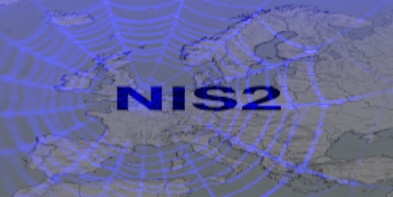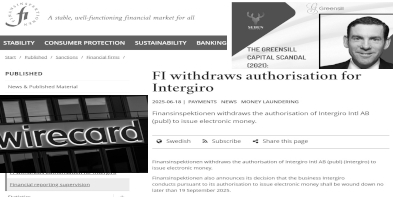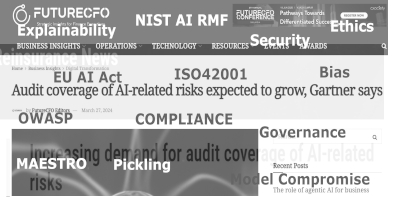To explain the implications, we need to understand that there is a current patent goldrush to file applications relating to AI, quantum & graphene chip technology, allied to a new option for patent owners to monetise their portfolios.
To explain the implications, we need to understand that there is a current patent goldrush to file applications relating to AI, quantum & graphene chip technology, allied to a new option for patent owners to monetise their portfolios.
Pre-2013, non-practising entities, labelled trolls (Intellectual Ventures, Acacia Research, RPX, etc) hoovered up patents to monetise them since it was relatively easy to secure damages, or more commonly, simply sell portfolios as part of overall litigation risk control.
Alice V CLS bank in 2013 changed patent application validity by excluding methodology patents; these underpinning software & instead required applications to prove a clear technological improvement.
With the aforementioned technologies, there is a clear link between such tying methods to technology, hence the application surge in an area of criticality; as evidenced by government mandates to secure emerging technologies for domestic use/protection asap.
In the meantime, following the demise of the patent troll ecosystem, patent owners faced severe financial obstacles in asserting their IP rights, with $mlns required to battle against tech behemoths, with a high risk of their patents being invalidated upon appeal.
Over the past 24 months, the re/insurance sector has created an ability for smaller firms to take on the giants through the provision of judgment preservation insurance, whereby a patent holder pays $x million as a premium to secure $y000 million Mln damages through the courts. This has made litigation for smaller entities with key technology-related patents a viable option.
Allied to this, the east & west Texas courts have had a high percentage of patent owner cases confirmed against the plaintiffs, thereby making any litigation documentation relating to the Texas courts a warning for recipients.
With cases such as Apple V Masimo; Google V Singular; Cloudera v StreamScale, vendor risks from both direct cessation of supply, to being joined in litigation under indirect patent infringement via 35 U.S. Code § 271, such risks require greater due diligence during purchasing/use decision milestones.
Vendor lock-in risk management is one element within any cyber/AI risk assessment exercise, but how many organisations check the likelihood of service/product interruption arising from the new environment of increased litigation; especially within the Texas courts? Check your vendor’s patents as part of your IT/cyber/AI/quantum risk management exercise & identify patent owners who may pose a risk to your continued use before product/service dependency becomes costly to overcome.





